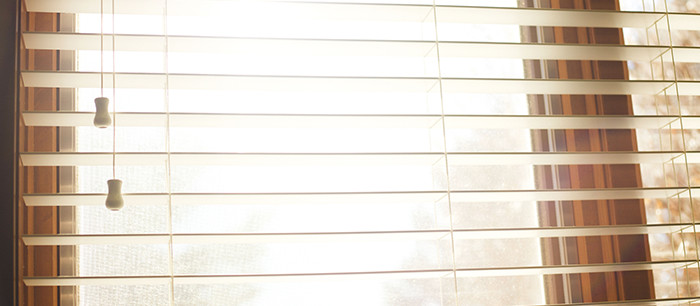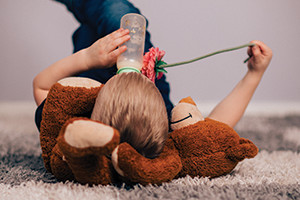Your child’s bedtime should be a time for reading stories, snuggling with mom or dad, and settling in for a full-night’s sleep. Bedrooms should be a safe place for your child, and can be if you take the necessary precautions to childproof your kids’ bedrooms, and even your own bedroom.
No matter which room of the house your baby or child is in, you should be confident that he or she is safe and sound. Childproofing your home can let you rest easier knowing your kids are safe no matter what their little fingers might get into.
This blog is part of a series on how to childproof your home. Make sure to read part 1 of the series, on childproofing the living room, and part 2 of the series, on childproofing the kitchen.
How do you make your child’s bedroom and your bedroom safe spaces for kids and babies? Read on to learn some tips.
1. Setting up the crib
Drop-side cribs have been banned in the United States since 2011, so if you’re given a hand-me-down crib, make sure it isn’t of that kind. Drop-side cribs at times caused injury or death from strangulation or suffocation when the drop sides broke, leading to the ban. Getting a new crib instead of a used one can be a good idea, in case anything is broken or malfunctioning on a pre-owned crib.
Also beware what you put inside the crib. Stuffed animals, thick bumper pads, blankets, pillows, and other items can pose a suffocation risk in young babies. Don’t put anything inside the crib with your baby until he or she reaches an age appropriate for bedding and other items. Though, also note that once your baby is a toddler, items in the crib could act as a stepstool, helping him or her crawl out of the crib.
2. Secure your windows and window treatments

Don’t place your baby’s crib or your child’s bed near a window. Windows should only be able to be opened three inches, and should have a window guard to prevent further opening.
Also make sure the window treatments, such as curtains, blinds, or shades, in your child’s room (and all rooms in the house, for that matter) don’t pose a threat. When possible, use window coverings that don’t require cords to open or shut them. If you do go for the corded variety, choose the kind with safety cords to potentially prevent strangulation. Or, use cord shorteners or wind-ups to secure your cords.
3. Secure furniture so it doesn’t fall over
You’ll want to secure all furniture, including dressers, bookcases, and desks, so they don’t tip over and fall on your child. Furniture should be anchored to a wall or to the floor, using products specifically intended for keeping furniture in place.
Also prevent kids from climbing onto the dresser by keeping dresser drawers closed when not in use. This also prevents kids from bumping their heads on the sharp drawer corners.
If you have floor lamps, place them behind other pieces of furniture, or otherwise secure them so your child can’t knock them over. The same goes for bedside table lamps in your bedroom—make sure they are out of reach of children, or are secured. Wires also pose a tripping hazard for young walkers, so make sure to cover or hide any lamp wires.
If you have a changing table, never leave your baby unattended on it, and always secure the safety strap around your baby when in use. If you keep a basket of wipes, diapers, lotions, or other products on your changing table, make sure they are well out of reach of your baby or toddler’s grasp.
Place a rug or other soft item below the changing table in case your baby slides off. When your baby starts becoming mobile, consider using a cushioned changing pad on the floor instead of using the changing table, to prevent your baby from rolling off the table and injuring himself or herself.
4. Make sure sleepwear is safe

Pajamas should fit your child snuggly, as loose-fitting sleepwear can more easily catch fire. Look for flame-retardant sleepwear, and note that even if pajamas are flame-retardant, they should still fit snuggly. Bedtime clothing that isn’t flame-retardant is labeled with a yellow tag.
If your child climbs into bed with you at night, or you co-sleep with your baby, also pay attention to your own sleepwear. You’ll want to wear snug attire to bed, too, to prevent any loose clothing from suffocating your child or baby. If you do co-sleep with your baby, consider using a co-sleeping safety product, such as a bassinet, “nest,” or other device to protect your baby.
Looking for more information on child safety? Read seven tips to keep your child from becoming a statistic.



